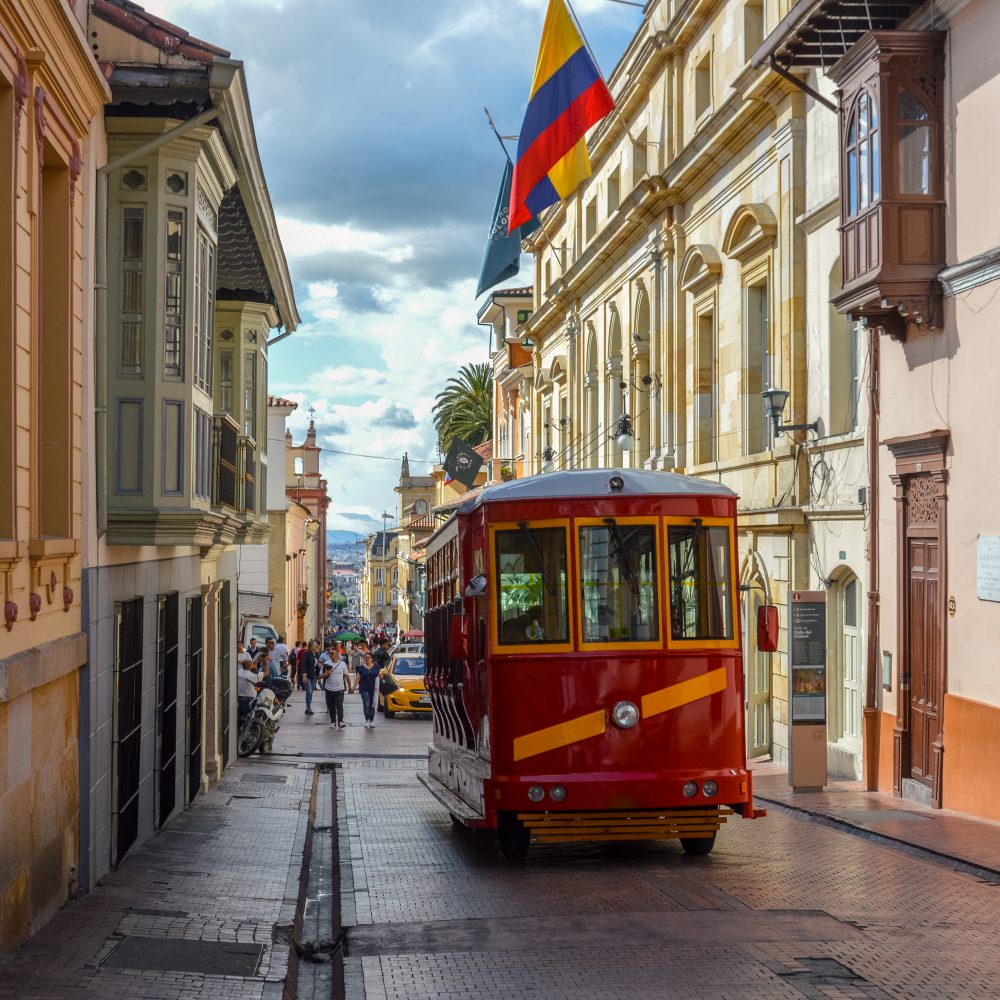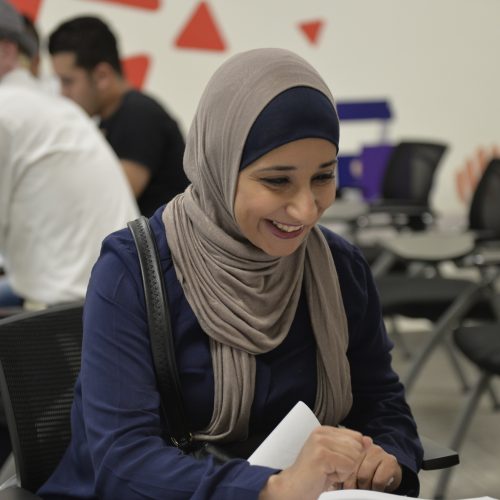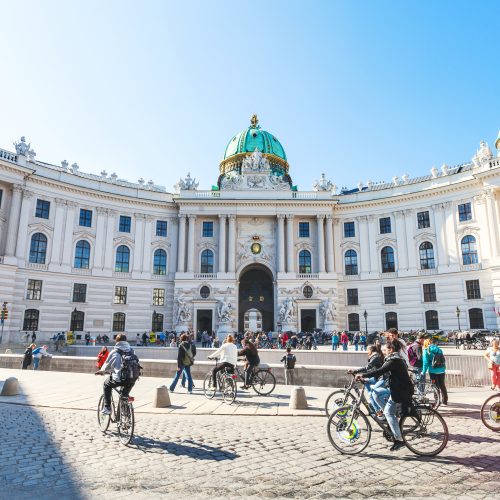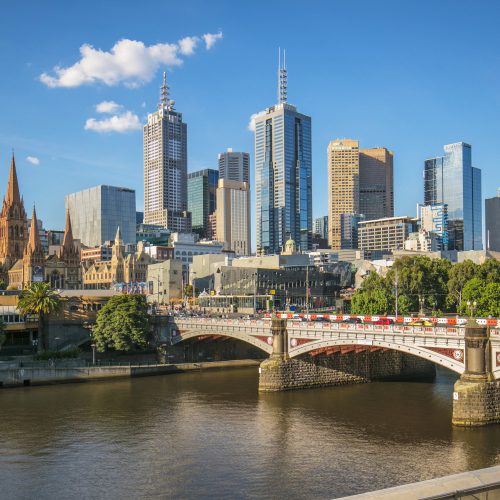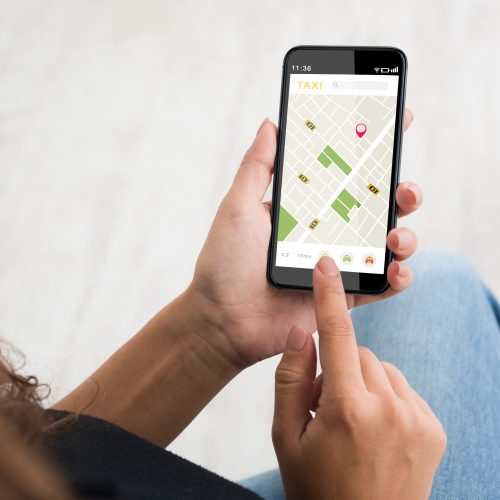Context and policy overview
Legislation authorising the use of a betterment levy known as the contribución de valorización is common in Latin American countries. This form of levy is often opposed because it can be complex and resource intensive. However, in Colombia, the betterment levy has been used regularly to raise revenue to fund public works.[1][2]
Implementation
The amount of the betterment levy is set to the lowest value among the following three factors:
- the cost of the project
- the value that the project creates
- the affordability of the levy (whether property owners can afford to pay the levy).
Bogotá has been innovative in its use of the levy. For example, the city applied it across a package of road projects and other infrastructure upgrades.[3]
The Urban Development Institute (Instituto de Desarrollo Urbano, or IDU) is responsible for administering the betterment levy in Bogotá. The IDU also selects the infrastructure upgrades that the levy will finance. All affected properties are subject to the levy, which is calculated by multiplying different benefit factors.
The IDU defines the “areas of influence” that will benefit from the levy. This definition is based on a property’s proximity and access to a project and hence to benefits (such as an increase in land value). The IDU endeavours to maximise the number of properties within this area in order to lower the average burden of the levy on individual properties. The benefits for an area could include, for instance:
- better road layouts, leading to increased mobility and transit speeds, shorter transit times, lower operating costs and a better quality of life
- better public spaces
- stimulation of new commercial activity
- increased real estate value
- better integration of the area into the city structure
- regeneration.
In Bogotá, the betterment levies are no longer tied specifically to incremental changes in land value.[4]
Barriers and critical success factors
Initial criticism emerged in relation to the cost of implementing the levy system for infrastructure projects (particularly the cost of administration) and in relation to the calculation of land value gains, which were not measured directly and were therefore found to be inaccurate. To address the criticism and reduce the burden on those paying the levy, city authorities had an incentive to underestimate the cost of infrastructure projects, which led to underfunding of infrastructure. The authorities also focused schemes in wealthier areas where landowners could pay more easily. As a result, infrastructure improvements were unequally distributed across Bogotá.[5]
Creating trust is an essential component of the success of betterment levies. This trust must be built largely on affordability, the equitable distribution of benefits, the promotion of social value, and participation by city residents in the process and its implementation.[6]
In Bogotá, public resistance to the betterment levy has since been tempered by spreading public works improvements across the entire urban area. In addition, the city has given residents the option to pay the levy over five years, minimising the financial impact on each property owner. This has enabled Bogotá to use valorización payments to repay the short-term debt used to fund construction.
Results and lessons learned
- In the period 1997-2007, Bogotá financed 217 public works projects through the contribución de valorización. These projects were located throughout the city and primarily consisted of bridge and road projects and improvements to drainage.
- Over the same period, the city used the levy to finance more than US$ 1 billion of municipal public works.[7]








